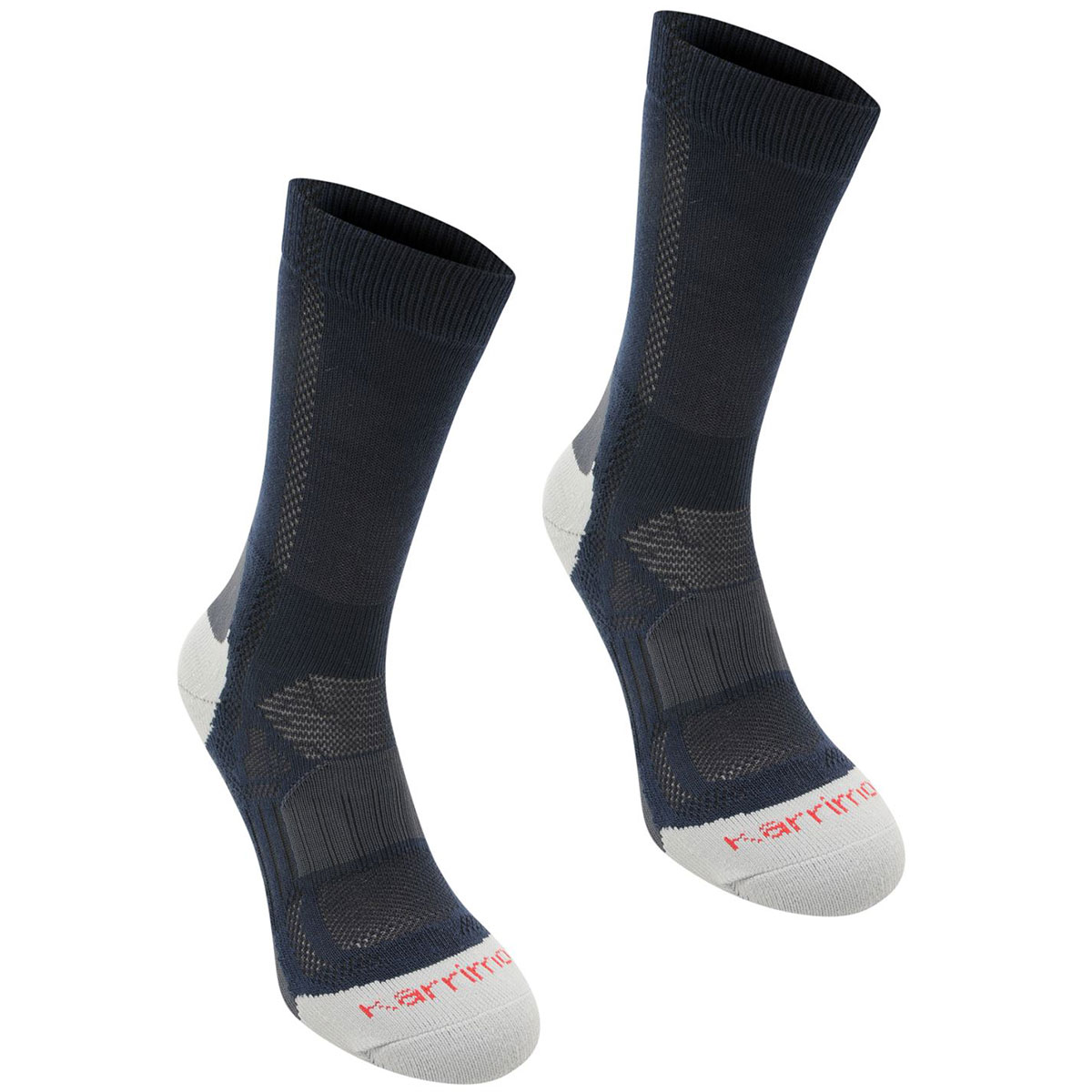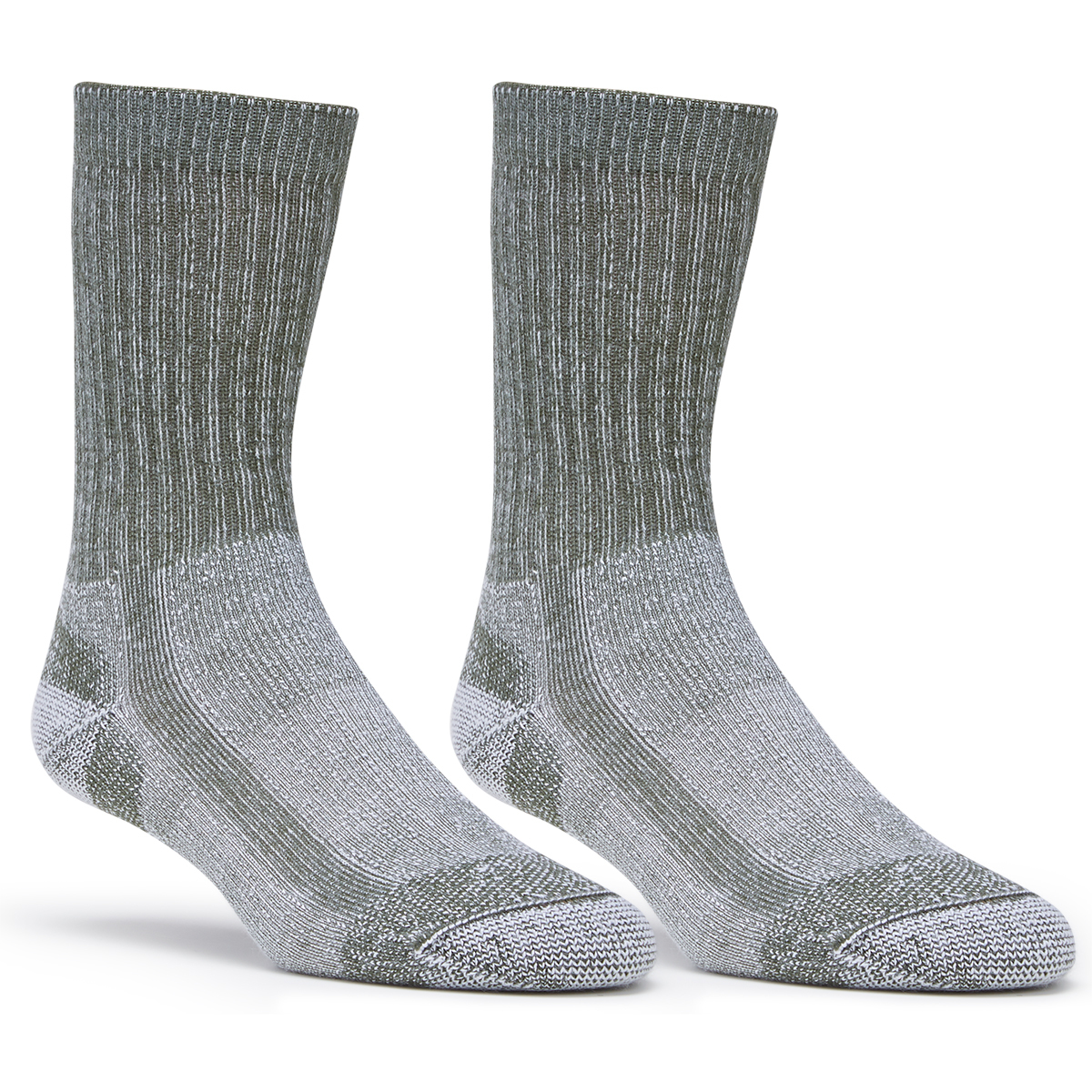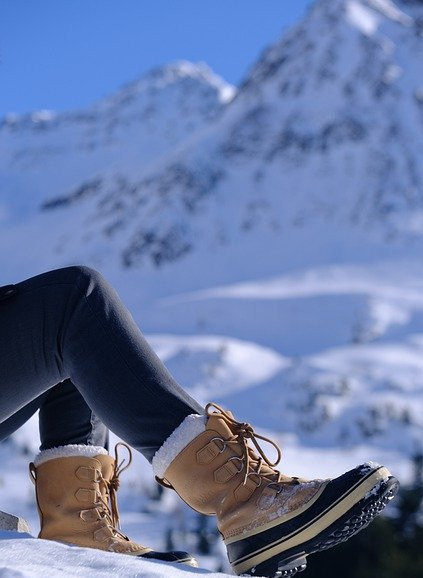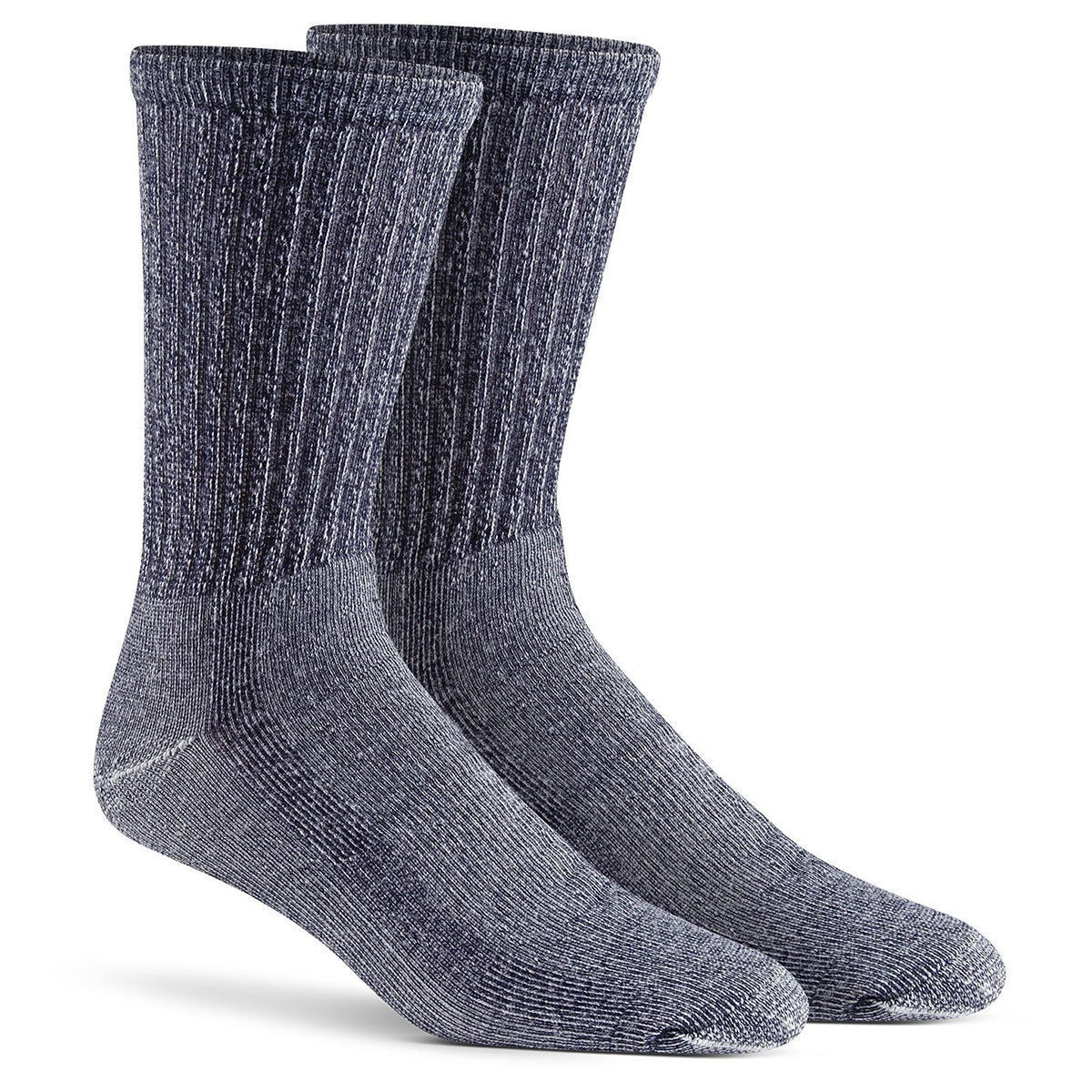As an Amazon Associate I earn from qualifying purchases
Hello everyone, and Happy Thanksgiving!! That being said, Old Man Winter is fast approaching, and it is time to make sure we are well prepared for some invigorating cold weather hiking!! One of the most important things we will definitely need to invest in is a great pair of cold weather hiking boots.
We all want our feet to be as comfortable, and as warm
as possible, when we hit the trails on our cold weather hikes. While warm socks are a good beginning, this alone will not do the job.
- Karrimor Kids' Hiking Socks, 2 Pack

- Price: $7.00
- EMS Light Hiking Socks, 2-Pack

- Price: $15.00
- Smartwool Light Hiking Socks

- Price: $13.46
This post will cover the benefits of cold weather hiking boots, and the functions we will need them to perform. We will need to look for winter hiking boots that will keep our feet warm, toasty, comfortable, protected from the harsh winter elements, and offer all the functionality we will need to be ready for anything we may encounter when we hit the trails! Our cold weather hiking boots should be insulated yet breathable, waterproof, and lace-up – no slip-ons! Other things to consider are if your boots have really good traction, and if they are crampon-, microspike-, and/or snowshoe-compatible, and also if we will need technical or non-technical winter hiking boots.
-
Your cold weather hiking boots will need to be insulated. Different manufacturers use a variety of synthetic insulation. One of the most popular is called thinsulate, which is constructed using polypropylene fibers, and are rated on a scale of 200-gram or 400-gram thinsulate insulation. Cold weather hiking boots with 200-gram thinsulate are best in early winter and in spring in moderate temperatures, and also for high activity levels. Boots constructed of 400-gram thinsulate insulation are much better for colder winter temperatures dipping below freezing.
-
Winter hiking boots also need to be breathable. Most winter hiking boots are manufactured with Gore-Tex, or built-in waterproof and breathable membranes. Breathability affects comfort and internal moisture, so it is important during your winter hikes, but your feet are bound to perspire into your socks and boots, even with Gore-Tex membranes. If your feet do get wet, insulated boots will keep them warm. Also, if your winter hiking boots have removable membranes, it is a good idea to take them out and dry them by a fire, and place them in your warm sleeping bag during the night.
-
Reinforced Toe Caps will give you good kick protection. They also will not collapse the front of your winter hiking boot when using tight-fitting crampons or microspikes.
-
Gusseted Tongues are like a regular shoe or boot tongue with the exception of the sides of the tongue being closed and sewn to the inside of the boot. This feature will help prevent water and/or snow from leaking into your boot.
-
Soft cuffs at the top of your hiking boot could come in very handy. The cuff will help to hold body heat in your boot while preventing snow from falling into your boot if you will be trudging through deep snow.
-
Traction is extremely important in cold weather hiking boots. Look for winter hiking boots with a deep tread like a Vibram sole. For added traction, you may want to add microspikes, crampons, or even snowshoes. Microspikes are like tire chains for your boots. Basically, they are pointed pieces of metal that are connected to short chains and elastic bands. They wrap around your boots to give you added traction when trekking on snow and ice. Microspikes will fit on any cold weather hiking boot, but remember to get ones that will fit your boot size so they will not break if they are overstretched. Also, remember to make sure that your boot’s toe cap will not collapse under the microspikes – this would cause quite a bit of discomfort and blistered toes!
-
Technical winter hiking boots will handle the most extreme winter adventures, such as mountaineering and hiking on steep slopes. They will also feature a more aggressive tread for better grip and a stiff toe for more protection on rocky terrain. A stiff toe will also help with crampon compatibility, and comfort.
-
Non-technical winter hiking boots are designed for maximum warmth, featuring greater insulation. This boot has more flexibility, and is much lighter, making it ideal for less challenging hikes and cold weather activities.
-
Along with all these much-needed features, we cannot forget comfort. Be sure to give yourself plenty of wiggle room for your feet, and remember that your heel should not lift up from the sole of your boot when walking. Also, keep in mind that you may need a larger size winter hiking boot to accommodate warmer, thicker socks. Your best bet would be to take the socks you plan on wearing with you when you go looking for your perfect pair of winter hiking boots! Happy Cold Weather Hiking!!!




Hi Nettie,
Being passionate about mountaineering and hiking, I can say that you have highlighted, very well in your article, all the features that it must take into account when we want to buy cold weather hiking boots. Unfortunately, I no longer live in a mountain area, but your article will be very useful for readers who are passionate about hiking.
Great article, very well written! Keep up the good work.👍
Hi Diane!
I am very glad that you enjoyed my article on Cold Weather Hiking Boots! Also for the comment on the writing – that means a lot, as you well know . . . !! It is great to hear from someone who shares my passion with Nature! Even though you have moved, hopefully you will still be able to visit areas where you will be able to connect with mountains and hiking trails. I would be honored for you to drop in to my site often, and please feel free to leave comments, advice, and suggestions! Have an awesome day!!!
Nettie